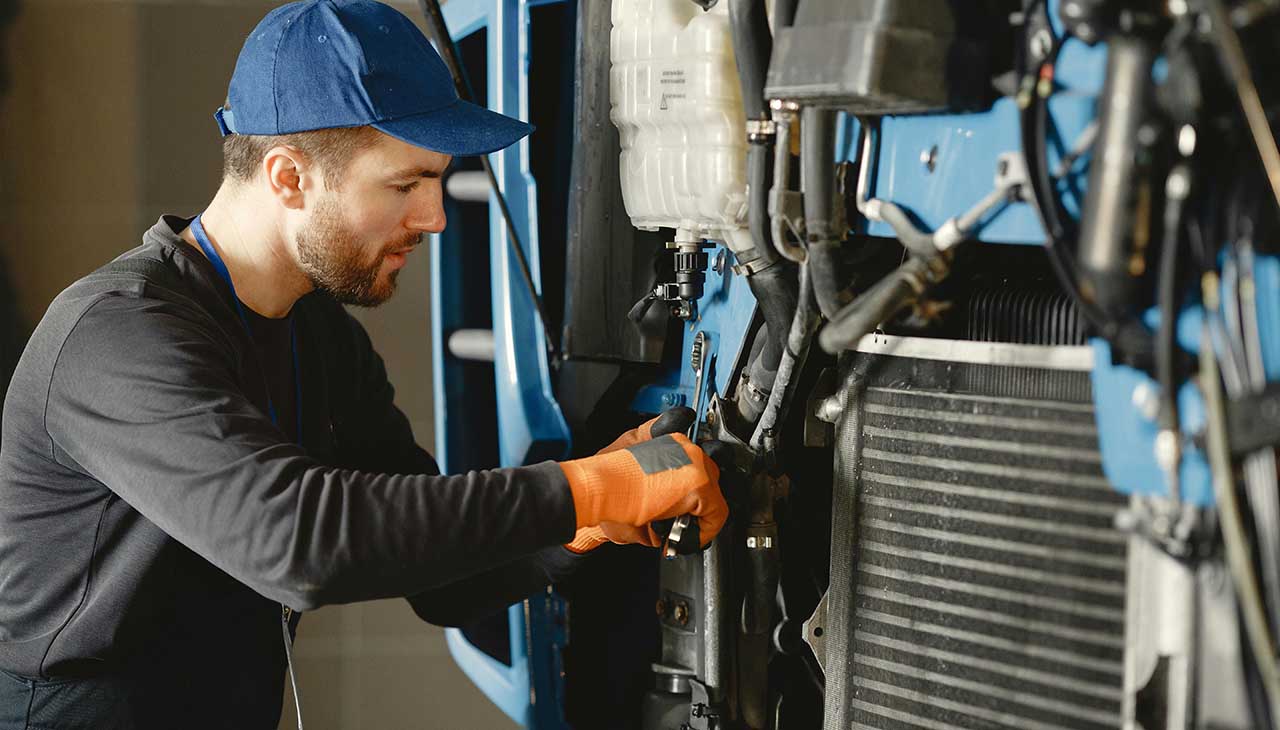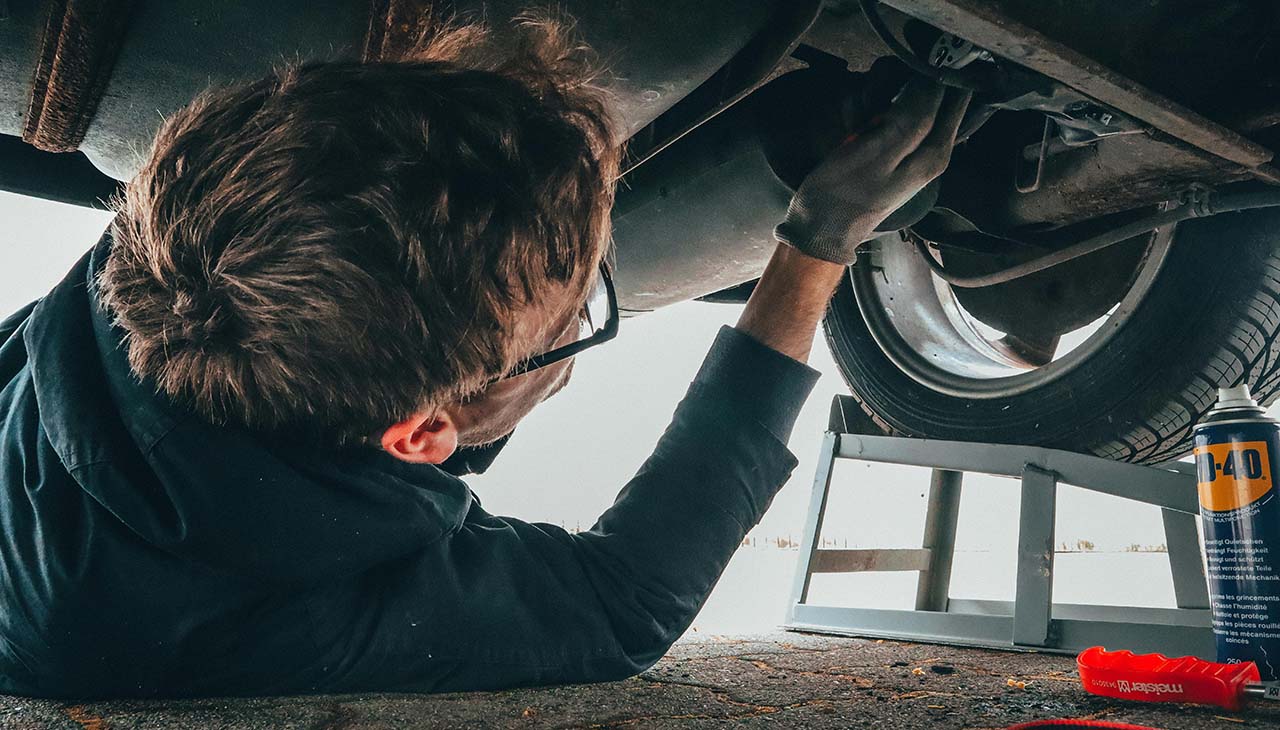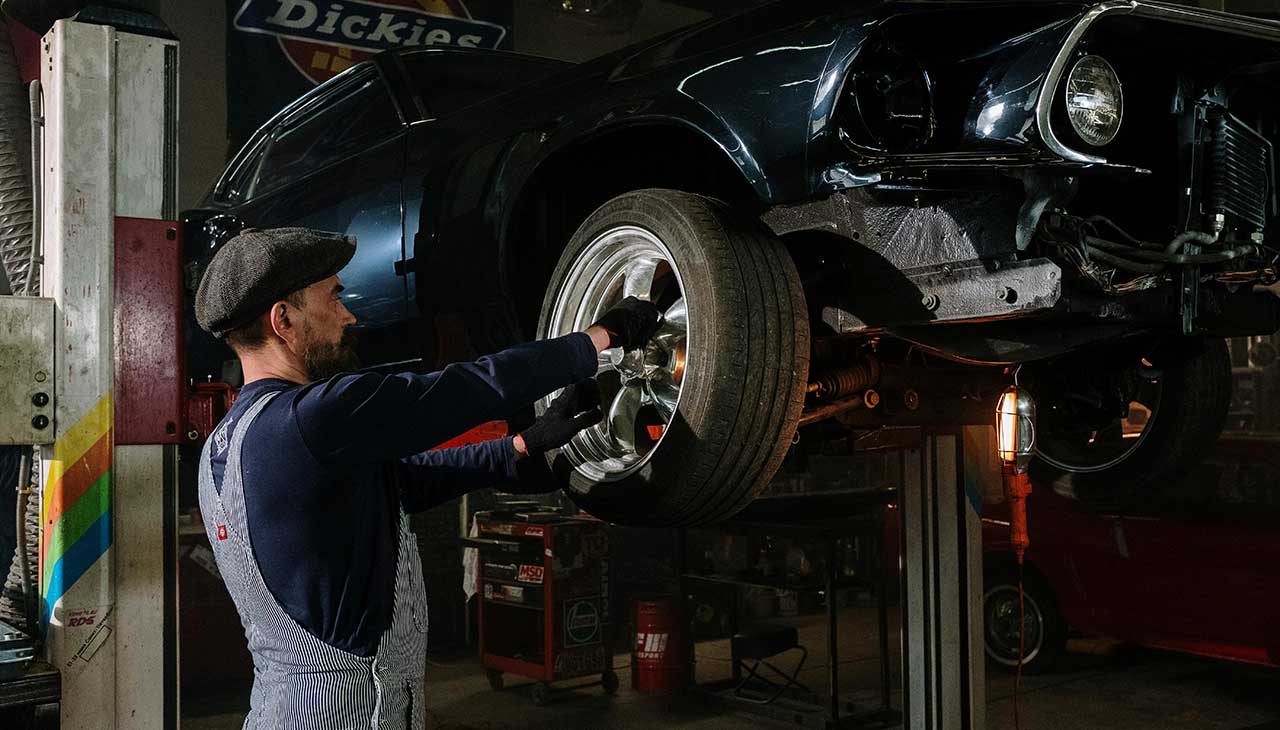Introduction: The Allure of Car Restoration
For car enthusiasts, DIY mechanics, and auto restorers, there is nothing quite as rewarding as transforming a neglected wreck into a fully functional and stunningly restored vehicle. Each restoration project is a journey filled with challenges, learning opportunities, and moments of triumph. Whether you’re a seasoned professional or a weekend hobbyist, the process of salvaging a car can be both a labor of love and a testament to your skills and dedication.
In this blog post, we’ll take you through the exhilarating journey of salvaging a car—from finding that diamond in the rough to revving the engine of your revived masterpiece. This step-by-step guide will provide valuable insights, practical tips, and inspiration for anyone looking to embark on their own car restoration adventure.
The Wreck: Finding and Acquiring Your Project Car
The first step in any car restoration project is finding the right vehicle to work on. This stage is crucial, as it sets the tone for the entire restoration process. Here are some key considerations when choosing your project car:
Assessing the Condition
- Rust and Corrosion: Look for signs of rust and corrosion, especially in structural areas like the frame, floor pans, and suspension mounts. While minor surface rust can be dealt with, extensive corrosion may require significant repairs.
- Body Damage: Examine the car for dents, scratches, and other body damage. Structural damage can be challenging to repair, so weigh the cost and effort involved.
- Mechanical Issues: Check the condition of the engine, transmission, and other mechanical components. A seized engine or damaged transmission can add to your restoration costs.
Research and Availability
- Availability of Parts: Ensure that parts for your chosen car are readily available. Rare or discontinued models may have limited parts, making the restoration more difficult and expensive.
- Market Value: Research the market value of the restored vehicle. This will help you determine if the investment of time and money is worth it.
Where to Find Project Cars
- Online Marketplaces: Websites like eBay Motors, Craigslist, and Facebook Marketplace are popular platforms for finding project cars.
- Salvage Yards: Local salvage yards often have a variety of project cars available. Visiting these yards can also help you source parts for your restoration.
- Car Shows and Auctions: Car shows and auctions can be excellent places to find unique and desirable project cars. Networking with other enthusiasts may also lead to potential finds.
Planning the Revival: Blueprint for Success
Once you’ve acquired your project car, the next step is meticulous planning. Proper planning can save you time, money, and frustration down the road.
Setting a Budget
- Initial Purchase: Factor in the cost of acquiring the car.
- Parts and Materials: Estimate the cost of parts, tools, and materials needed for the restoration.
- Professional Services: If certain tasks are beyond your skill level, account for the cost of hiring professionals.
- Contingency Fund: Set aside a contingency fund for unexpected expenses that may arise during the restoration.
Creating a Timeline
- Phased Approach: Break down the restoration into manageable phases, such as dismantling, bodywork, mechanical repairs, and reassembly.
- Milestones: Set realistic milestones for each phase to track progress and stay motivated.
- Flexibility: Be prepared for delays and setbacks. Flexibility in your timeline will help you adapt to unforeseen challenges.
The Restoration Process: Step-by-Step Breakdown
Restoring a car is a complex process involving various stages. Here’s a detailed breakdown of what to expect:
Dismantling
- Documentation: Take detailed photos and notes of the car’s current state. Label parts and fasteners to ensure proper reassembly.
- Safety: Use proper safety equipment, including gloves, goggles, and a dust mask. Work in a well-ventilated area.
- Organizing: Store removed parts in labeled containers to keep everything organized.
Repairs and Bodywork
- Rust Removal: Use wire brushes, sanding discs, and rust converters to remove rust. For severe rust, consider cutting out and replacing affected areas.
- Body Panel Repair: Use body filler to smooth out dents and imperfections. Sand the repaired areas for a seamless finish.
- Painting: Apply primer, base coat, and clear coat to the car. Ensure proper ventilation and follow safety guidelines.
Mechanical Repairs
- Engine Rebuild: Rebuild or replace the engine as needed. This may involve machining, replacing components, and tuning.
- Transmission and Drivetrain: Inspect and repair the transmission, driveshaft, and differential. Replace worn-out parts.
- Suspension and Brakes: Overhaul the suspension and brake systems for improved performance and safety.
Part Sourcing
- New vs. Used Parts: Decide whether to use new, refurbished, or used parts based on availability and budget.
- Aftermarket Suppliers: Many aftermarket suppliers offer high-quality reproduction parts for classic cars.
- Online Forums and Communities: Engage with online communities for recommendations on where to find rare or hard-to-source parts.
Reassembly
- Step-by-Step Approach: Follow the reverse order of dismantling. Refer to your documentation and labeled parts to ensure accuracy.
- Testing and Tuning: Once reassembled, thoroughly test the car. Address any issues and fine-tune the mechanical systems for optimal performance.
Challenges and Triumphs: The Road Less Traveled
Restoring a car is not without its challenges. Here are some common obstacles and how to overcome them:
Unexpected Issues
- Hidden Damage: Be prepared for hidden damage that may only become apparent during dismantling. Address these issues promptly to avoid further complications.
- Parts Availability: Some parts may be difficult to find or have long lead times. Plan ahead and explore multiple sources.
Breakthrough Moments
- First Start: The moment the engine roars to life for the first time is incredibly gratifying. It’s a testament to your hard work and dedication.
- Bodywork Completion: Seeing the car’s body restored to its former glory is a significant milestone in the restoration process.
The Revival: From Wreck to Masterpiece
The culmination of your restoration journey is the revival of the car. Here’s how to showcase and celebrate your hard work:
Before and After Photos
- Visual Transformation: Share before and after photos to highlight the dramatic transformation. These images tell the story of your journey and the car’s revival.
- Detail Shots: Include close-up shots of key features, such as the engine bay, interior, and bodywork.
The Joy of Driving
- First Drive: Take the car for its first drive post-restoration. The thrill of driving a car you’ve meticulously restored is unparalleled.
- Sharing Your Story: Share your restoration journey on social media, car forums, and at car shows. Inspire others with your passion and dedication.
Conclusion: The Heart of Restoration
The journey of salvaging a car is a labor-intensive yet immensely rewarding experience. It demands patience, perseverance, and a deep passion for automobiles. Each challenge overcome and each milestone reached adds to the satisfaction of bringing a car back to life.
Whether you’re a seasoned restorer or a novice enthusiast, the skills, knowledge, and memories gained from restoring a car are invaluable. So, roll up your sleeves, embrace the journey, and let your passion for cars drive you forward.



